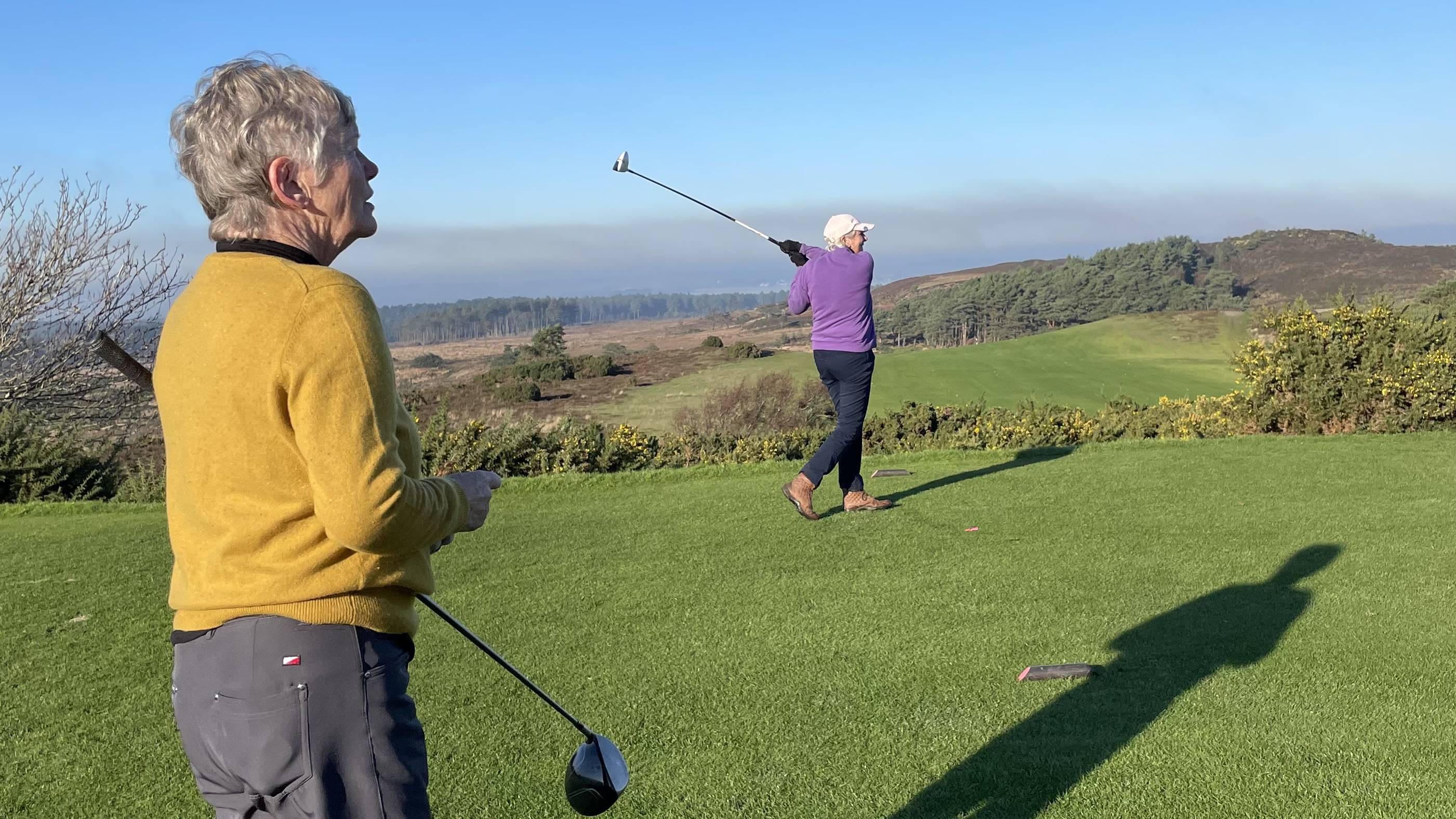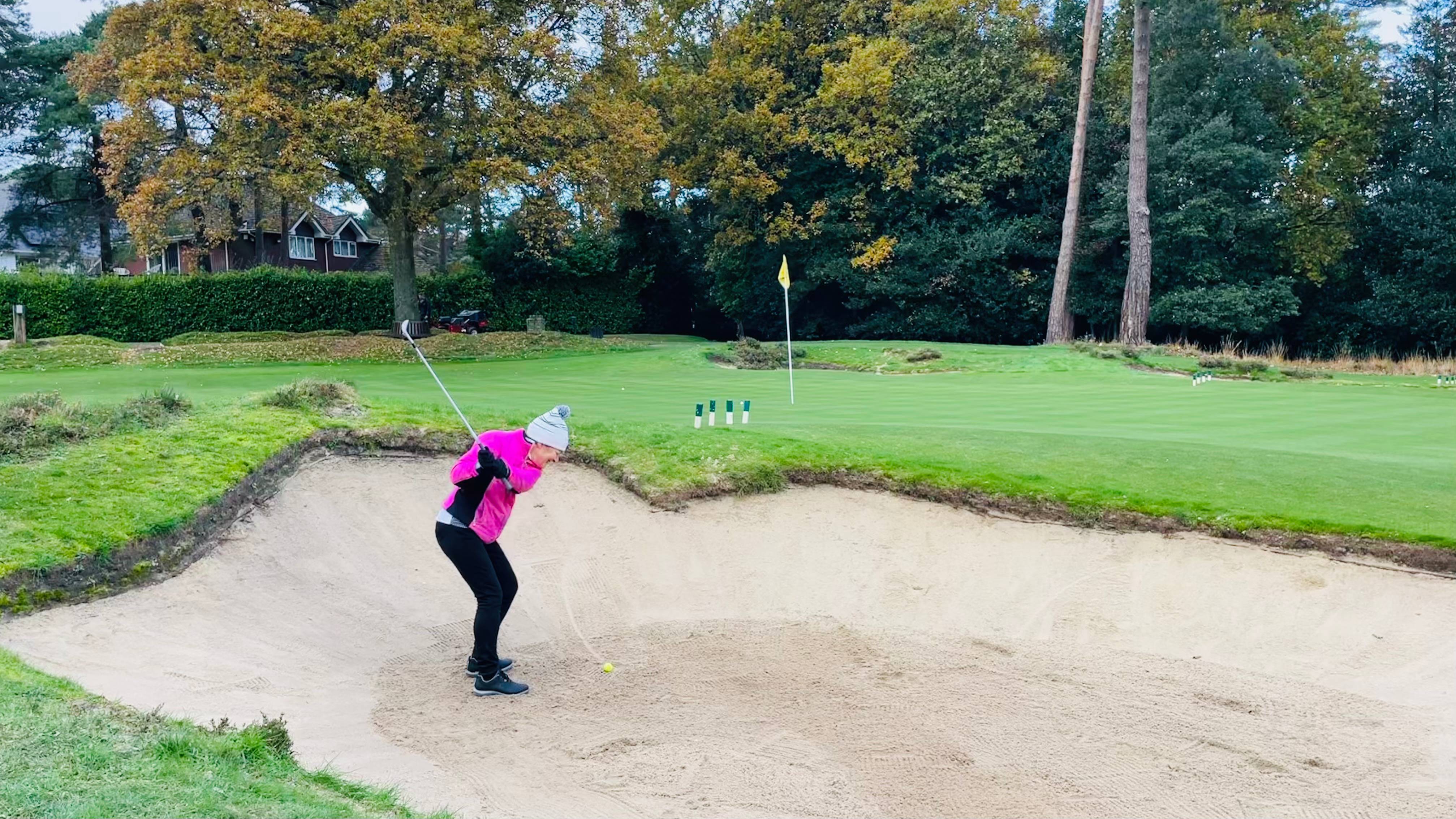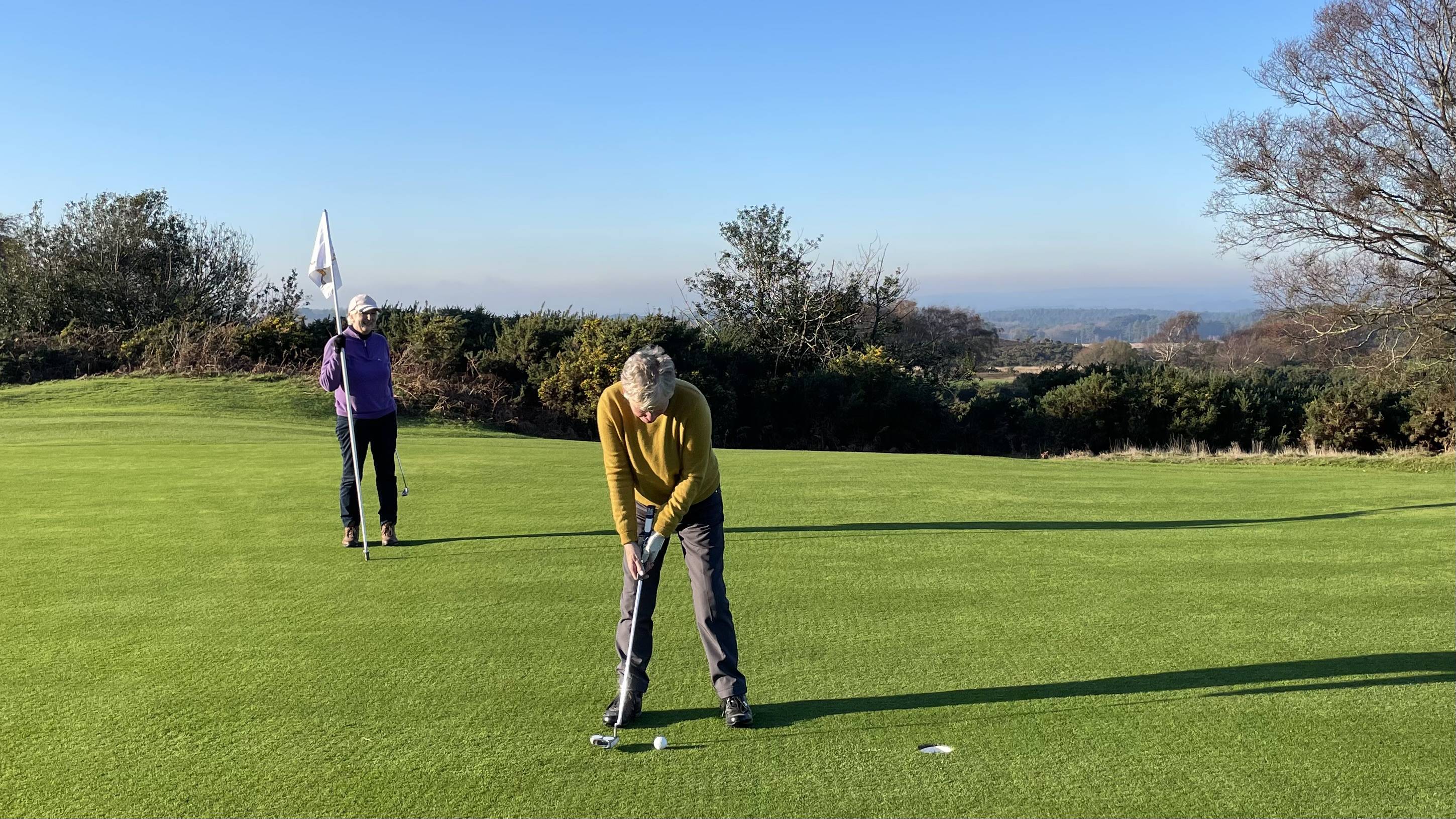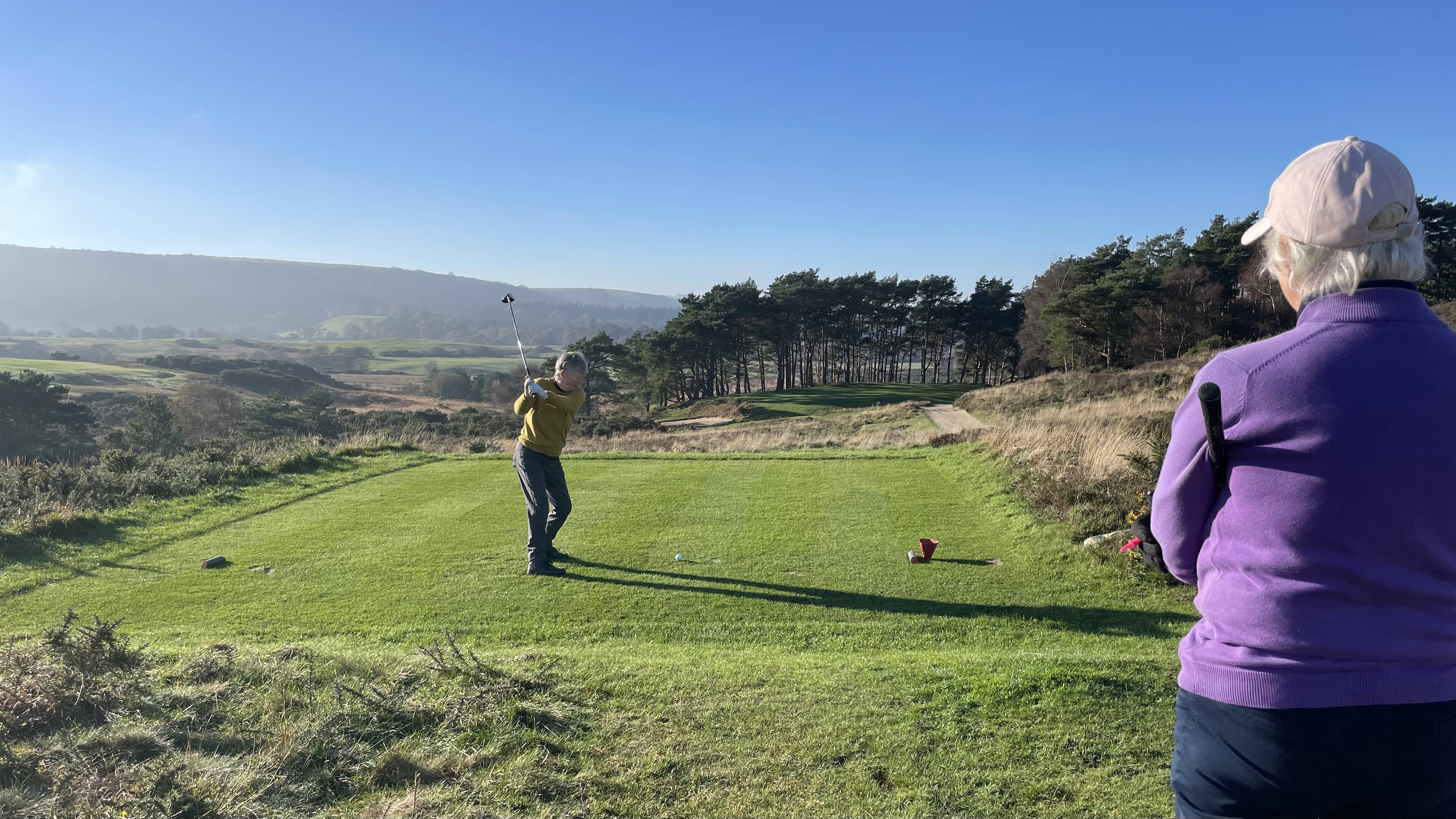
Getting old is an inevitability of life. There’s no doubt that we are living longer. Over the last 40 years life expectancy in the UK has slowly been increasing, driven by advances in health care and improvements in living and working conditions. As a result, the average golf club member demographic has risen too.
Many golf clubs have burgeoning senior sections. Retirement makes us time-rich and golf is the ideal sport to play late on in life when you have given up more physically demanding sports that put too much stress on joints. Golf keeps your body mobile and exercising in the outdoors is good for health and wellbeing. Golf provides great social benefits too, which is particularly important when you stop working.
Ageism at golf clubs is a taboo subject, but there’s no doubt that some clubs have policies that discriminate against the elderly. We are all guilty of moaning about “Slow Sue” who should really play at the back of the field but chooses to put her name up for one of the early slots and holds up the groups directly behind her.
Although ageism can affect people of all ages it is definitely more prevalent as we get older. There’s a big question mark hanging over whether golf clubs are really catering for the growing older sector of society. Do clubs actually need to wise-up?

Rising Costs Squeezing Seniors Out
Flash back four years and you’ll recall that golf was one of the first sports permitted to be played after the Coronavirus pandemic. As lockdown rules relaxed so the game started booming. New ladies flocked to join their husband or partner on the tee.
That spike in participation numbers hasn’t really dropped off. As a result, clubs are able to charge more than ever before. That’s both in terms of pay and play visitor green fee prices and annual member subscription rates. The demand is there to justify the price hikes. Many clubs have waiting lists. However, the original members would argue that the increase in annual subs really isn’t fair on them as loyal long-standing club members who have been contributing to club coffers for decades.
These members, who were once those thirty and forty-somethings with higher incomes, are now retired pensioners in their sixties, seventies and beyond without so much disposable income. They are the members who have contributed largely to making the club what it is today. They have funded clubhouse improvements, the course redesign and social events over the years. Yet they get no preferential treatment or loyalty discount with age.
With inflation at all-time highs numerous golf clubs have increased subs in-line by 5% or more in 2024 and that has caused some older members to re-think whether they are really getting value from their membership anymore. Several women I know have made the difficult decision to leave the club they love.

Why Shorter Formats Are Essential As We Age
As we get older we play less golf - fact. Our physical fitness diminishes so we are less likely to have the stamina for 18 holes multiple times a week, 9 holes is physically demanding enough. Some forward-thinking clubs offer 'off-peak' or '5-day' memberships to seniors who are happy to play the course on the less popular weekdays, but many don’t go far enough. Clubs that genuinely offer reduced-priced membership options are few and far between because ultimately that reduces club income.
The Senior Social Scene
You can’t blame golf clubs for wanting to appeal to the next generation when they are planning their social events calendar. Running functions that appeal to the younger demographic is important, as these members are the future of the club. But don't neglect your long-standing members in the process.
It's sad to see older women who used to be actively involved in the club's thriving social scene not putting their names up for fun evenings, just feeling a bit too old and out of the social circle. I dare say that these seniors lament those bygone years. Offering a mix of social events to cater for the eclectic age group is often challenging.

The Overseas Success Story
I’ve spent a lot of time overseas and it’s interesting to see how differently clubs cater for their older members. In Florida, for instance, I’ve visited many clubs where they run popular shorter format events like '9 & Dine.' This is the perfect competition for seniors to play golf competitively and socially.
The tee times tend to be chosen on the quieter afternoon slots and the competition flows straight on into a meal and social. This relaxed style of play is also popular with ex-pats living in Europe, countries like Spain and Portugal, where they play more fun format competitions several times a week.
In the UK we are still behind with the ageing times, seldom offering shorter competition formats, choosing to fill timesheets with traditional 18-hole medals and stablefords that don't often suit seniors.
Team Selection
Did you once play an active role in club team matches but now don’t get invited to represent your club because there are more youthful players to call upon? Team selection is a tricky business! Maybe your handicap has gone up too high since the introduction of the WHS or maybe the younger golfers who hit the ball further are perceived as more likely to get the win?
In my opinion, clubs are missing a trick by leaving out their older players. As with age comes experience. I would always choose a senior golfer with an excellent match play track record rather than someone less experienced with a lower handicap. Playing your older, higher handicappers is a savvy move as they still have the ability to score low in match play.
Are you a senior club member with a story to tell? Let us know your thoughts on how your golf club has adapted to the ageing demographic (or has not).







